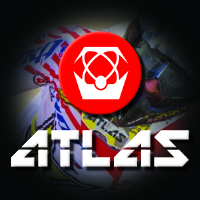Protection Where It Counts Most!

The F2 Carbon in its standard form is as close to a factory race bike as a helmet can get. Carbon fiber, Kevlar® shell construction, MIPS® (Multi-directional Impact Protection System) (some models) , and Coolmax® interior are just a few of its impressive list of features.
STANDARD:
- SNELL 2015
CONSTRUCTION:
- MIPS® Brain Protection System is a helmet–integrated, low-friction layer designed to reduce rotational motion transferred to the brain from angled impacts to the head
- Carbon fiber and Kevlar® composite shell
- Dual density EPS liner
- Custom rubber trim with integrated nose guard
- Lightweight machined aluminum visor screws and stainless steel rivets and D-rings
- Three (3) shells and four (4) EPS sizes for a precise fit
COMFORT/LINER:
- Coolmax® comfort liner and cheek pads
- Removable and washable interior
VENTILATION:
- Multi-port air induction cooling system includes 10 intake and four (4) exhaust vents
- High-Flow ventilation system aligns the comfort liner and EPS (Expanded Polystyrene) to maximize airflow
- Quad-vent above goggle eye port draws air from goggle to reduce fogging
INCLUDED:
- Soft fleece helmet bag
- Cold weather breath deflector guard
- Cold weather plug kit
WHAT DOES MIPS® DO?
The MIPS Brain Protection System is designed to reduce rotational motion transferred to the brain from angled impacts to the head. Brain injuries originate not only from direct impacts to the head, but also from rotational forces resulting from impacts occurring at an angle. The MIPS technology is scientifically proven to reduce rotational motion by absorbing and redirecting rotational energies and forces transferred to the brain from angled impacts to the head.
HOW DOES MIPS® WORK?
MIPS works by installing a thin (0.5–0.7 mm), ventilated, custom cut low-friction layer inside the helmet liner. The layer is held in place by an assemblage of composite anchors that flex in all directions. These anchors hold the layer in place, around the head, but provide a small movement in response to angled impact.











 Post a Comment
Post a Comment
Reader Comments